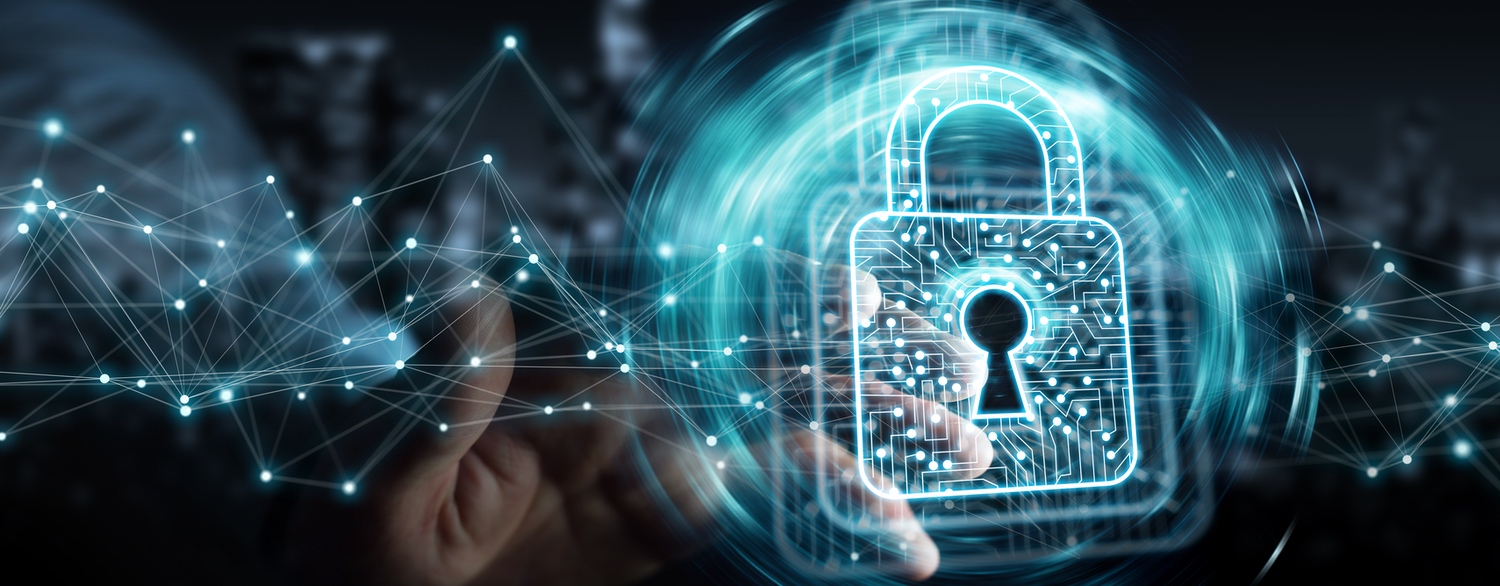Understanding the Technology behind Virtual Data Rooms

In recent years, there have been a lot of talks about “virtual” terms such as virtual reality and virtual assistance. One of the newest virtual terms is “virtual data room”. Whether you are familiar with this term or not, this article will describe what virtual data room refers to as well as the technology behind the use of this concept.
What does a virtual data room mean?
A virtual data room is defined as an online location various organizations and companies can keep their sensitive and classified data in a secure environment. Apart from storing information securely, the platform can also be used for sharing a vital document or information with various stakeholders such as investors and attorneys. While performing all these activities, virtual data rooms ensure the confidentiality of the information and documents are not compromised. Hence, they put the minds of people in charge of the businesses at peace.
Generally, there are tons of platforms, such as www.firmex.com, that provide virtual data rooms that businesses can use for an array of purposes. A few of these purposes include initial public offerings (IPOs), fundraising, and audits.
What is the technology behind virtual data rooms?
If you are planning to use virtual data rooms for any purpose, you must understand how the system works. Therefore, we will shed more light on the technology behind virtual data rooms.
- Data encryption
Although this technology is a cloud-based storage system, it involves an additional security measure known as data encryption. This measure is targeted at boosting the security and efficiency of virtual data rooms. When storing or sharing any document or information via virtual data rooms, it is encrypted whether it has an existing data transfer line encryption system or not. As a result of this encryption, no third-party can have access to the information in the document.
- Multifactor authentication
Another important technology behind virtual data rooms is multifactor authentication. This technology prevents any unauthorized party from accessing the document or information of a business or organization. Generally, it requires that every party must take two steps before they can access the stored or shared data.
The first step of the multifactor authentication is the decryption of the document or data that you want to get. After you have decrypted the document, you still have to input a passcode or other forms of information that are regarded as the secondary process of authentication. In some cases, this secondary authentication may be RSA tokens and biometrics. With all these authentication processes, you rest assured that the document or file is securely protected from any unauthorized parties.
- Digital watermarking
The third technology behind virtual data rooms is regarded as digital watermarking. Like the standard watermarking, digital watermarking adds watermarks to any documents, files, or data that you are sharing or storing in the virtual data rooms. The digital watermark is unique to each document or file; hence, it eases the process of tracing the source where anyone has got the information if there should be any leak. It should be noted machine learning and artificial intelligence are used for digital watermarking.
In summary, the fundamental technological elements behind virtual data rooms are data encryption, multifactor authentication, and digital watermarking. However, some virtual data rooms don’t have all these elements. The absence of one of these elements doesn’t necessarily mean that the virtual data rooms cannot offer the security that your data needs. Nevertheless, if your business needs any of these technological elements are important to securing the document and information, make sure you go for a virtual data room that offers the elements.